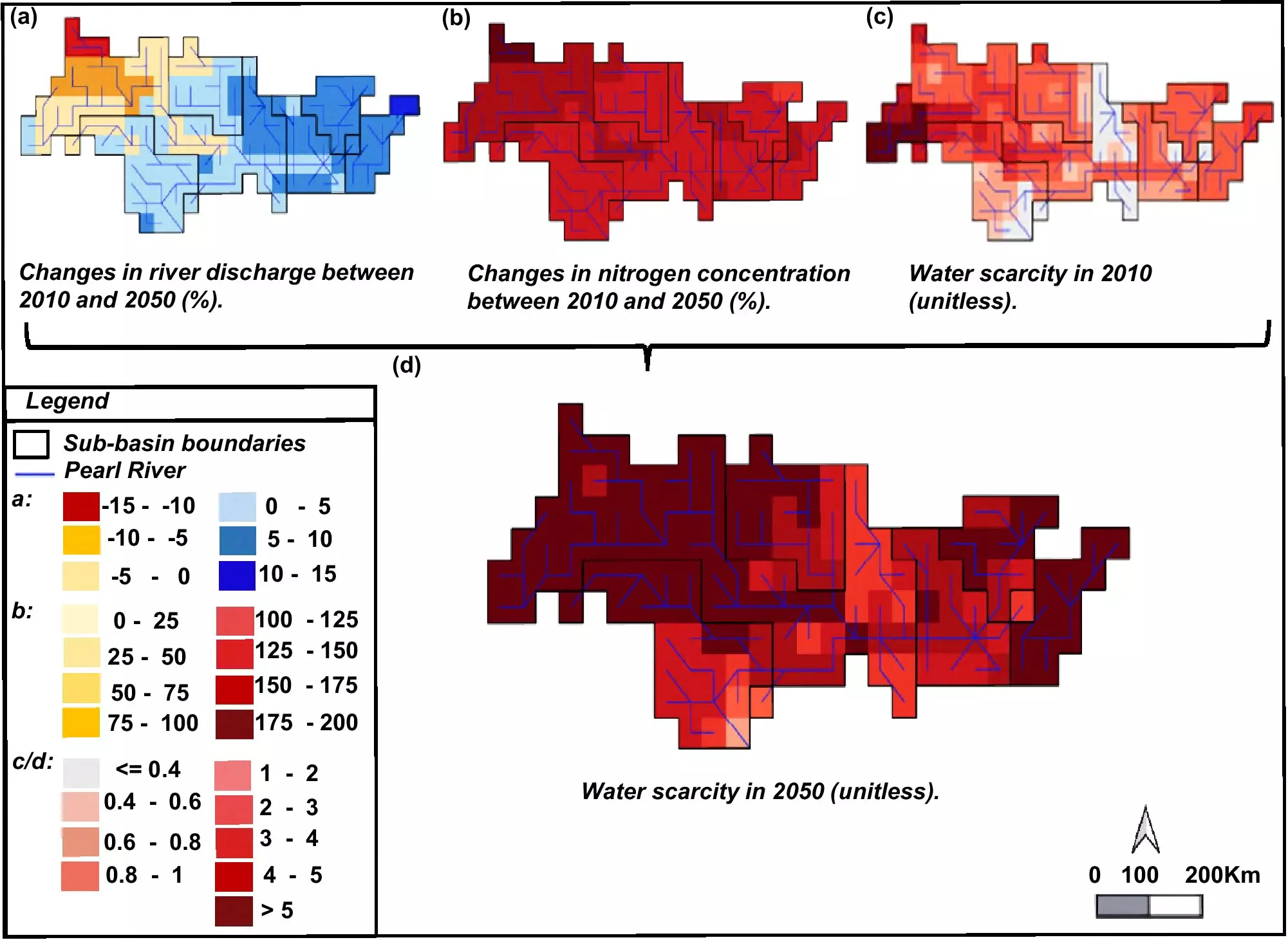Water scarcity, a complex issue affecting billions globally, is a ticking time bomb exacerbated by both diminishing supplies and deteriorating water quality. According to recent estimates, over half of the world’s population resides in regions grappling with inadequate clean water resources. This not only jeopardizes basic human rights but also stifles economic progress and environmental sustainability. The intricate interplay between water supply, pollution, and economic viability threatens various sectors, particularly agriculture, energy, and public health. As we forge ahead in the 21st century, addressing the compounding challenges of water scarcity becomes more urgent than ever.
The intricacies of water pollutants—such as surplus nitrogen from agricultural runoff—underscore a growing health crisis. Contaminated water directly impacts human health, causing various illnesses and undermining community well-being. At the heart of this dilemma lies the need for innovative management strategies that not only safeguard our water supply but also enhance its quality. The recent advancements in research offer a glimmer of hope, showcasing that effective water management is not just about supply but also about ensuring the purity of our water resources.
Revolutionizing Water Management through Innovation
The introduction of a groundbreaking modeling approach by an international consortium of researchers signifies a pivotal shift in water management strategies. This model meticulously evaluates the cost-effectiveness of diverse water management combinations, paving the way for substantial reductions in future water scarcity. In a world where 1% of climate-tech investment flows towards the water sector, the gap between necessity and funding has become glaringly evident. Tech innovations like smart irrigation systems and digital twins are pivotal for real-time monitoring, yet the opportunities remain untapped without adequate funding.
Addressing the challenge posed by water scarcity entails a multifaceted strategy, one that recognizes the intertwining of nutrient management and effective resource allocation. As highlighted by Taher Kahil of the IIASA Biodiversity and Natural Resources Program, the pursuit of sustainable solutions requires a comprehensive understanding of biogeochemical cycles, climate change impacts, and human activities. By integrating these factors into a cohesive management strategy, the potential to transform water resource management into a viable, sustainable framework is within reach.
Case Study: Pearl River Basin as a Model
Research conducted in the Pearl River Basin in China serves as a prime example of how targeted interventions can yield significant benefits. The study emphasizes that ignoring water quality in favor of quantity is a critical oversight. By focusing on reducing water pollution through the careful use of fertilizers and better wastewater treatment, researchers found that such measures could substantially mitigate future water scarcity—resulting in improvements potentially reducing scarcity by half.
The implications of this research extend well beyond the Pearl River Basin. It provides a blueprint that could be adapted to other heavily stressed waterways around the globe. By tailoring strategies to local conditions—taking into account socio-economic variables and climate scenarios—communities can craft actionable plans that align with global sustainability goals.
Challenges and Opportunities Ahead
Despite the advancements, the road to effective water scarcity management is fraught with challenges. The disconnect between innovative strategies and actionable funding remains a glaring issue. To fully leverage technological advancements, substantial investments must be directed towards the water sector. This is not merely a financial obligation but a critical pathway towards ensuring our collective future.
Moreover, fostering awareness and building a coalition among stakeholders—from governments to local communities—is essential in driving meaningful change. Education and engagement are not just tools; they are essential components in the fight against water scarcity. Embracing new technologies alongside meticulous planning and cross-sector collaboration is paramount for formulating strategies that are both fiscally responsible and ecologically sound.
The urgent need for transformative approaches to water management is clear. With dedicated efforts, the narrative surrounding water scarcity can shift from despair to hope—a transition that is necessary for our continued survival and progress. The intersection of technology, policy, and community action offers a promising path forward in our ongoing quest to secure a world where clean, accessible water is a right afforded to all.

